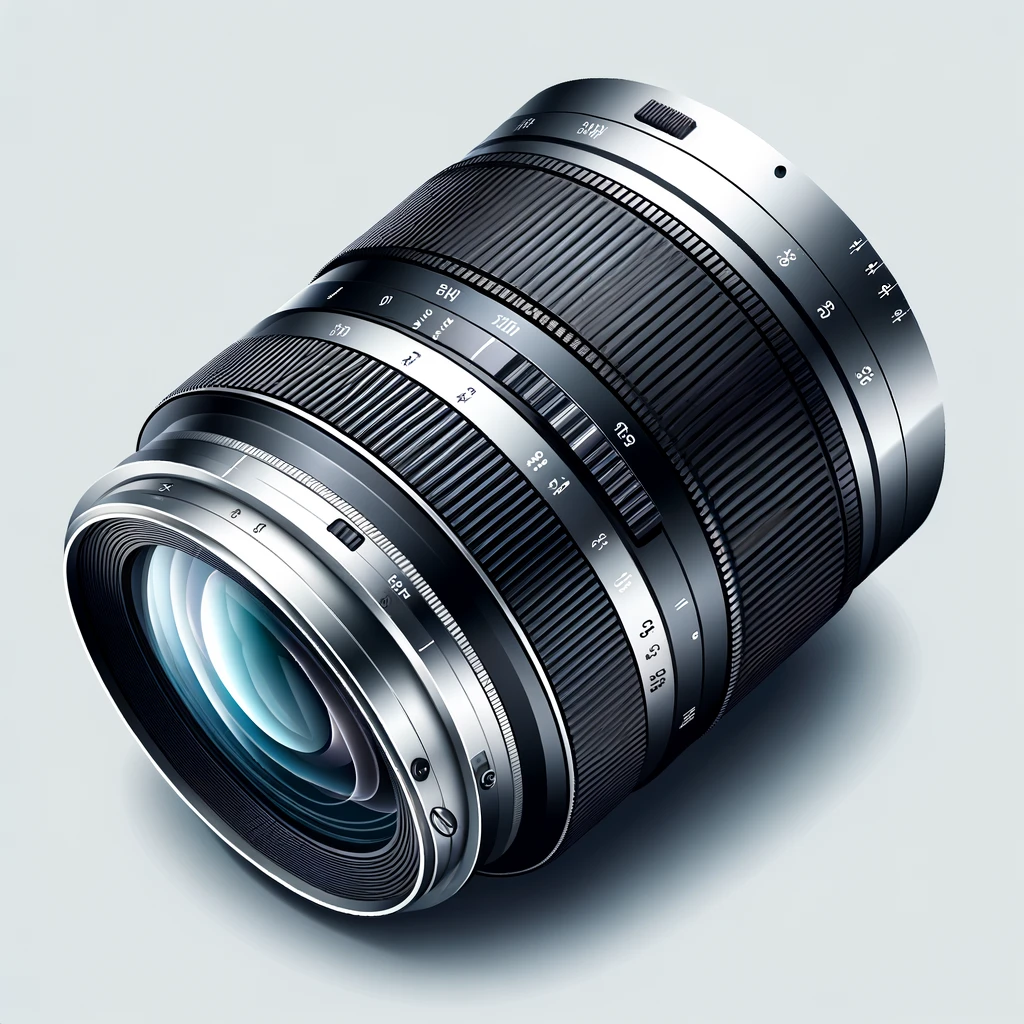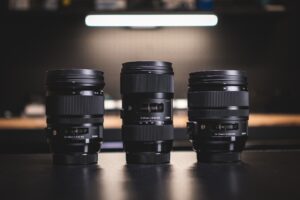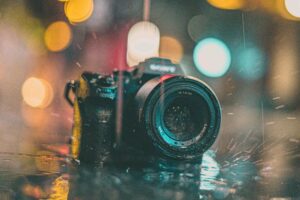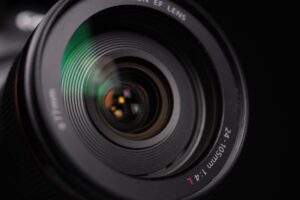So you’ve heard the term “zoom lens” thrown around and you’re wondering what exactly it means.
A zoom lens is a type of camera lens that allows you to change its focal length, letting you capture photos at various distances without switching lenses. This is different from a prime lens, which has a fixed focal length and requires you to move physically closer or farther from your subject to change your framing.
Whether you’re into photography or cinematography, zoom lenses offer a lot of flexibility that you’ll find invaluable.
| Topic | Quick Info |
|---|---|
| Definition | Lens with variable focal length |
| Types | Constant-aperture, Variable-aperture |
| Advantages | Flexibility, variable composition without moving |
| Disadvantages | Heavier, potential for more mechanical issues |
| Best Practices | Effective use, avoid over-zooming |
Types of Zoom Lenses
Constant-Aperture Zoom Lenses
When it comes to constant-aperture zoom lenses, the aperture stays consistent across all focal lengths. This means if you’re zoomed all the way in or out, the aperture size won’t change. This is a big advantage for those who frequently shoot in varying lighting conditions.
Pros and Cons
- Pros
- Superior performance in low-light conditions
- Easier to manage exposure settings
- Cons
- Usually more expensive
- Heavier and sometimes bulkier
Variable-Aperture Zoom Lenses
Variable-aperture zoom lenses are the opposite; the aperture size changes as you zoom. While zooming in, the aperture might narrow, affecting the exposure of your shot. These lenses are generally more budget-friendly.
Pros and Cons
- Pros
- More affordable
- Generally lighter, making them easier to carry
- Cons
- Reduced performance in low-light settings
- Exposure changes as you zoom, requiring adjustments
Curious to learn more? Check out our detailed guide on camera lens types.
Advantages of Using Zoom Lenses
Zoom lenses offer a multitude of benefits that make them worth considering for your camera bag.
- Greater Flexibility: The ability to change focal lengths without changing the lens is highly advantageous for capturing the perfect shot.
- Framing Flexibility: Adjust your frame on the go, without having to reposition your camera.
- Highlight Details: Zoom lenses allow you to bring focus to specific details, such as a subject’s eyes or a distant landmark.
- Context and Setting: With a quick zoom out, you can easily reveal the surrounding environment, adding context to your subject.
Disadvantages of Using Zoom Lenses
However, zoom lenses come with their own set of challenges that you should be aware of.
- Weight and Size: Compared to prime lenses, zoom lenses are often heavier and larger.
- Mechanical Complexity: With the added complexity of zooming mechanisms, there’s a greater chance of mechanical failure.
- Limited Aperture: Most zoom lenses have a smaller maximum aperture, which may limit your creative options in low-light conditions compared to lenses good for bokeh.
How to Use Zoom Lenses Properly
Best Practices
Using zoom lenses effectively can make a world of difference in your photography journey.
- Understand Your Lens: Before shooting, familiarize yourself with the capabilities and limitations of your particular zoom lens.
- Avoid Over-Zooming: Overusing the zoom feature can lead to cliché shots and potentially wear out the lens mechanism.
- Be Mindful of Aperture: If you’re using a variable-aperture zoom lens, keep an eye on your exposure as you zoom in and out.
Interested in more tips? Here’s how zoom lenses compare with prime lenses in our article on zoom lenses vs. prime lenses.
Techniques
- Change Focal Length Effectively: Understand how changing the focal length will impact your composition and framing.
- Master the Angle of View: Learning how your angle of view shifts with the focal length can drastically improve your shots.
Conclusion
In summary, zoom lenses are a versatile tool that can enhance your photography and cinematography projects.
They offer flexibility and convenience but also bring their own set of challenges and limitations. As with any tool, understanding how to use it effectively is key to getting the best results.
Don’t hesitate to experiment with different types of lenses to discover what works best for you. Happy shooting!








